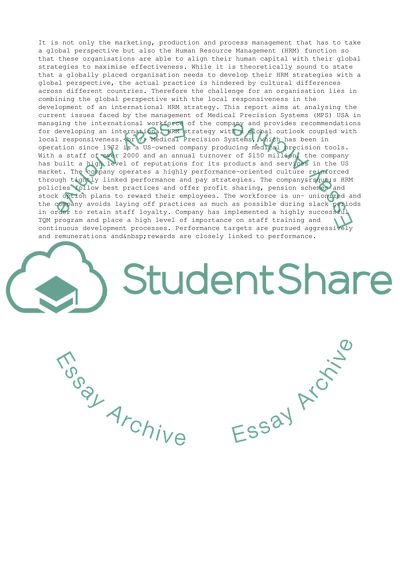Cite this document
(Issues in Managing International Human Resource Research Proposal, n.d.)
Issues in Managing International Human Resource Research Proposal. https://studentshare.org/management/1703477-is-in-the-order-instruction-report-format
Issues in Managing International Human Resource Research Proposal. https://studentshare.org/management/1703477-is-in-the-order-instruction-report-format
(Issues in Managing International Human Resource Research Proposal)
Issues in Managing International Human Resource Research Proposal. https://studentshare.org/management/1703477-is-in-the-order-instruction-report-format.
Issues in Managing International Human Resource Research Proposal. https://studentshare.org/management/1703477-is-in-the-order-instruction-report-format.
“Issues in Managing International Human Resource Research Proposal”. https://studentshare.org/management/1703477-is-in-the-order-instruction-report-format.


